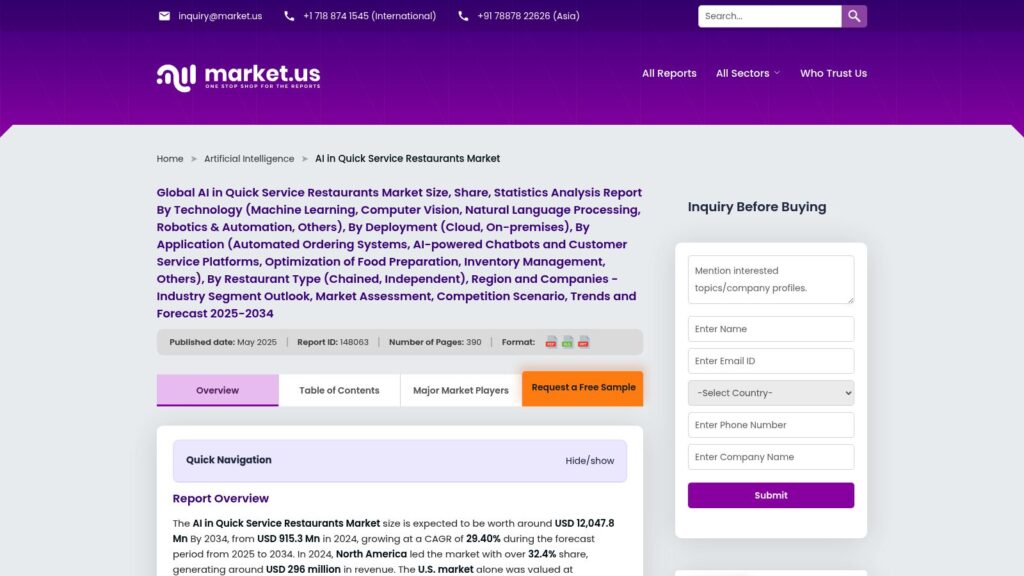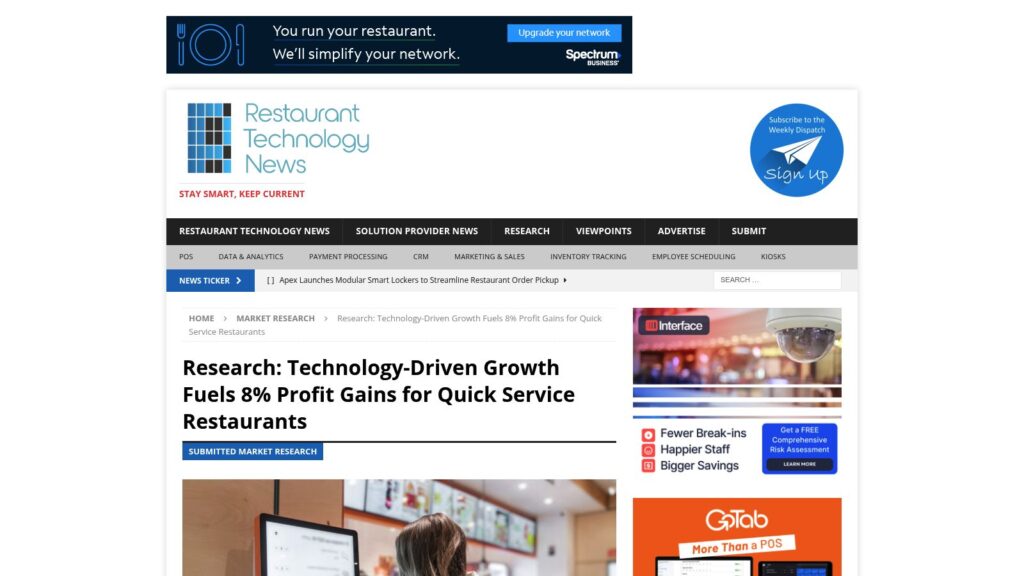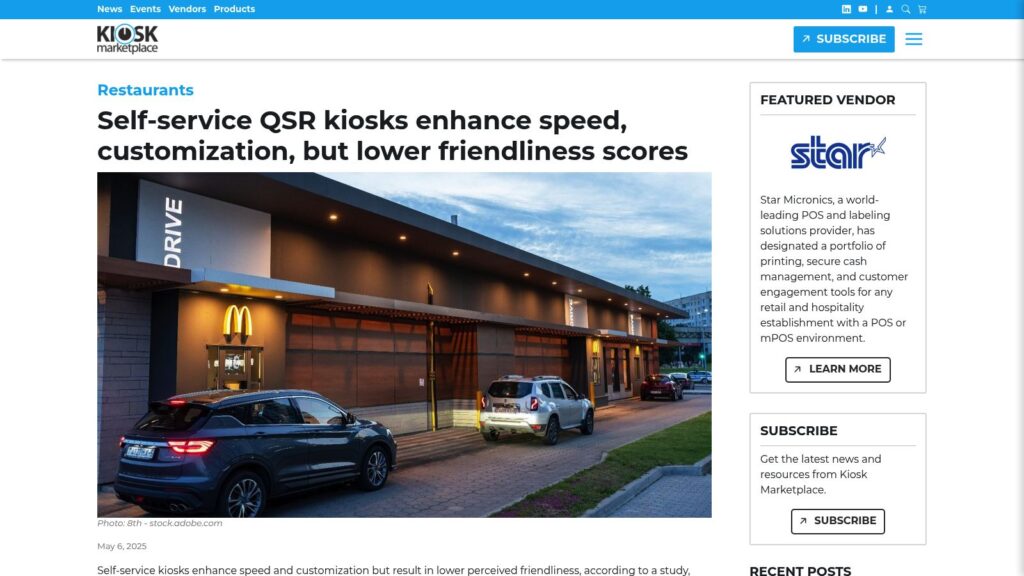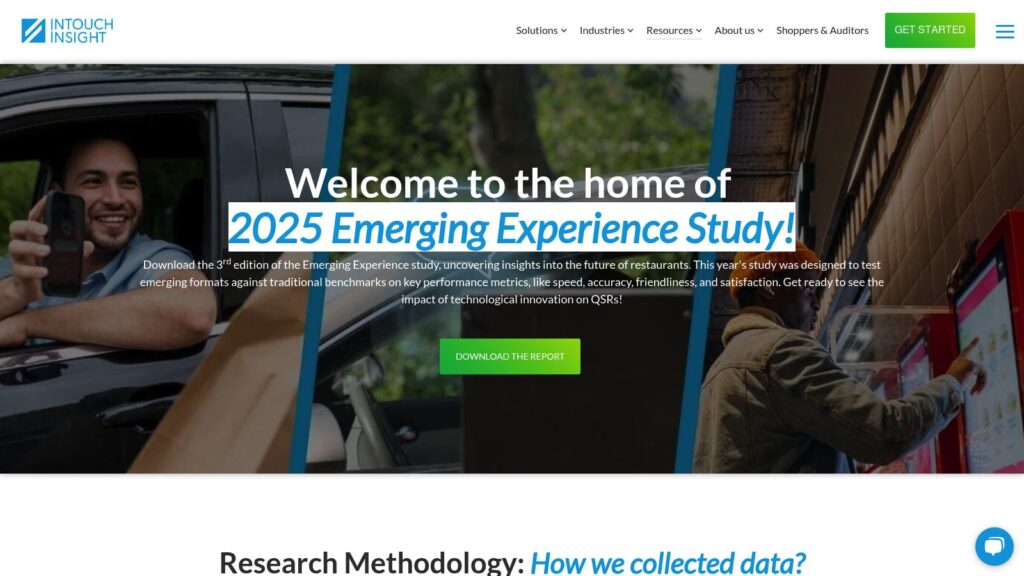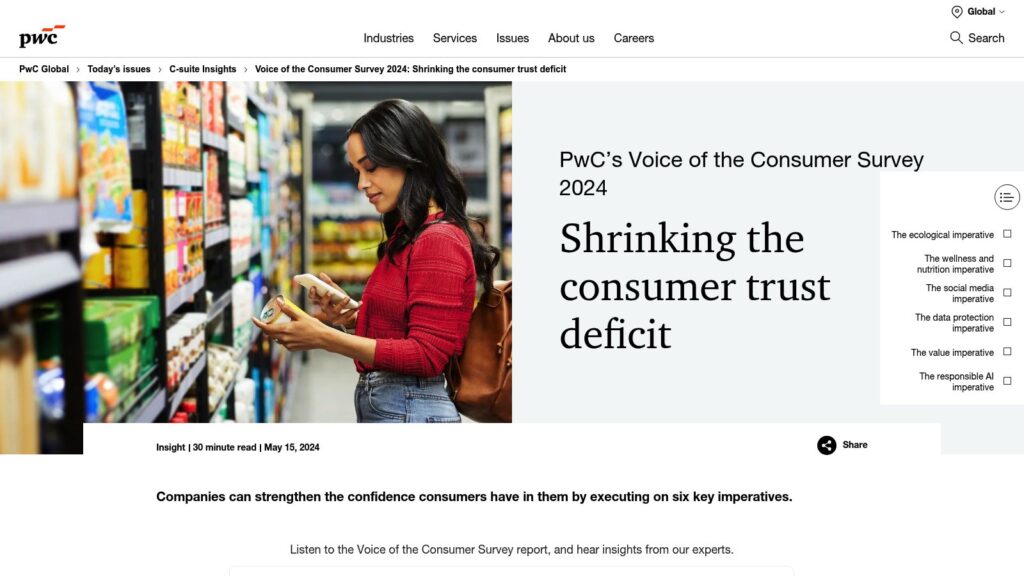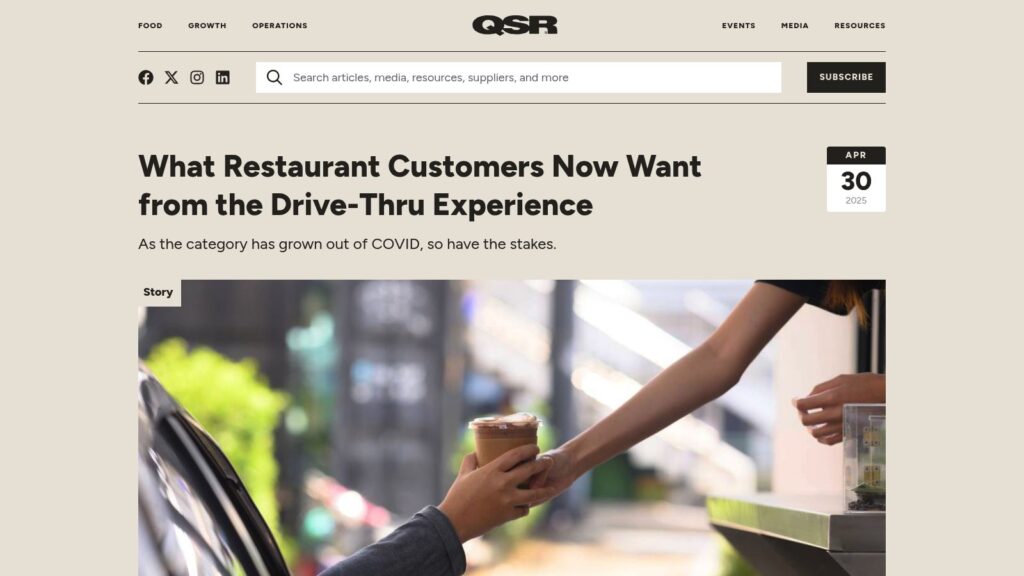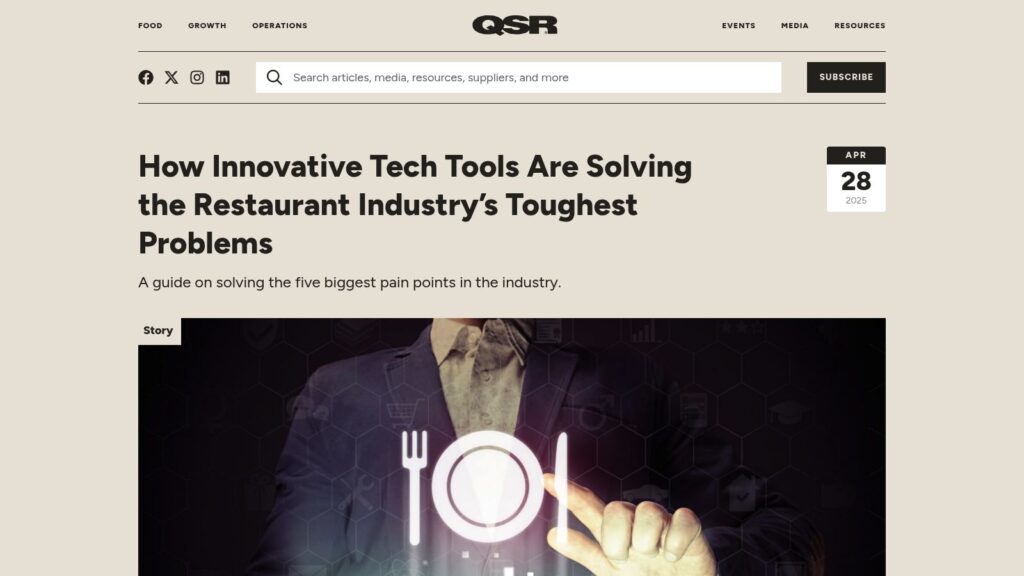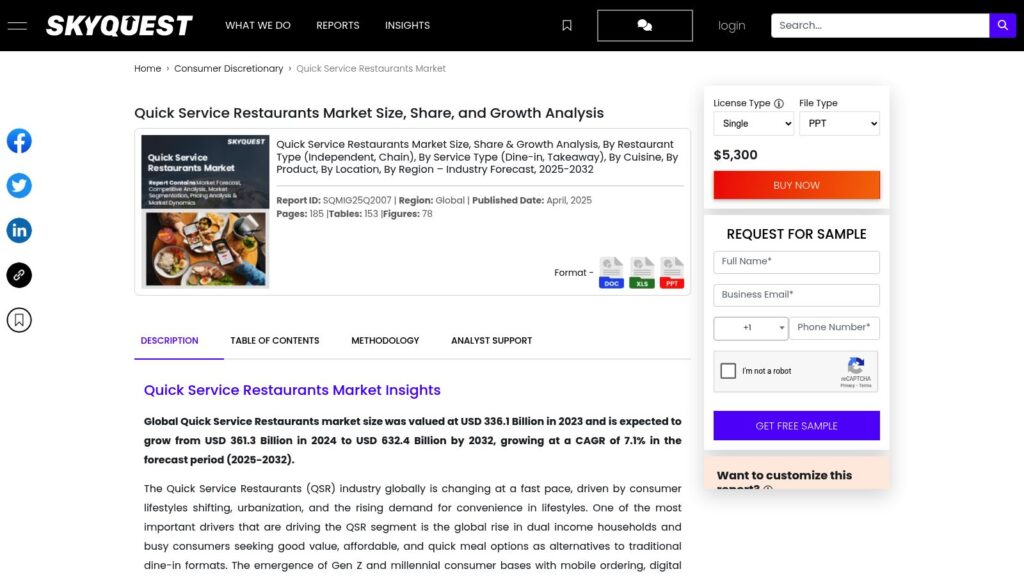AI in Quick Service Restaurants Market Size
AI in Quick Service Restaurants (QSR) market is projected to grow from $915.3M in 2024 to $12,047.8M by 2034, at a CAGR of 29.4%. North America leads with 32.4% market share and a $266.9M valuation. Key technologies include machine learning and robotics, enhancing order accuracy, efficiency, and personalization. Main drivers are the demand for faster service, labor shortages, and advancements in cloud tech making AI affordable. Challenges include data privacy concerns and integration complexities. Key players include Presto and Omilia, focusing on voice and data-driven solutions.
https://market.us/report/ai-in-quick-service-restaurants-market/
